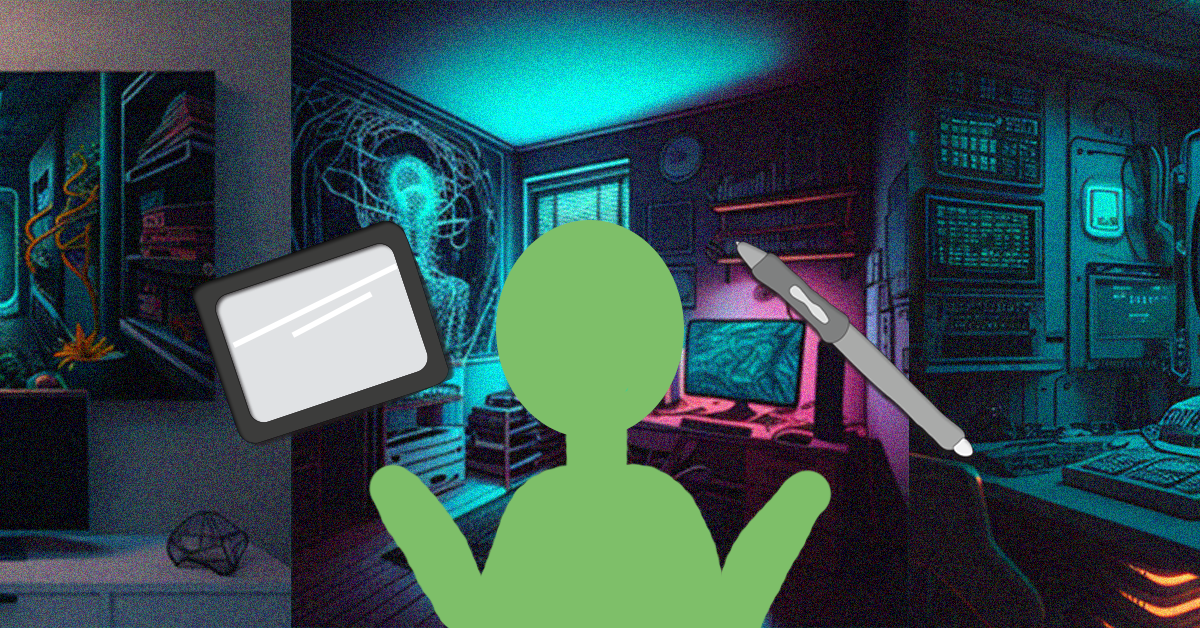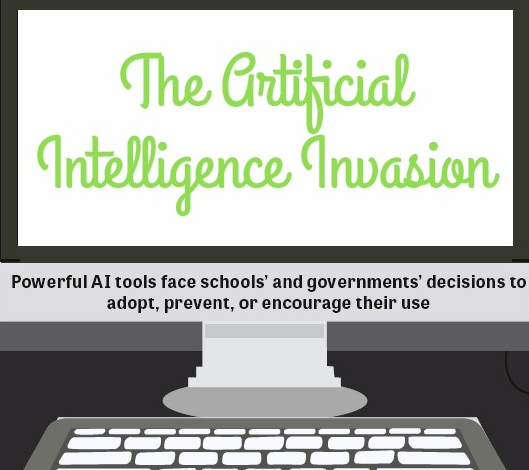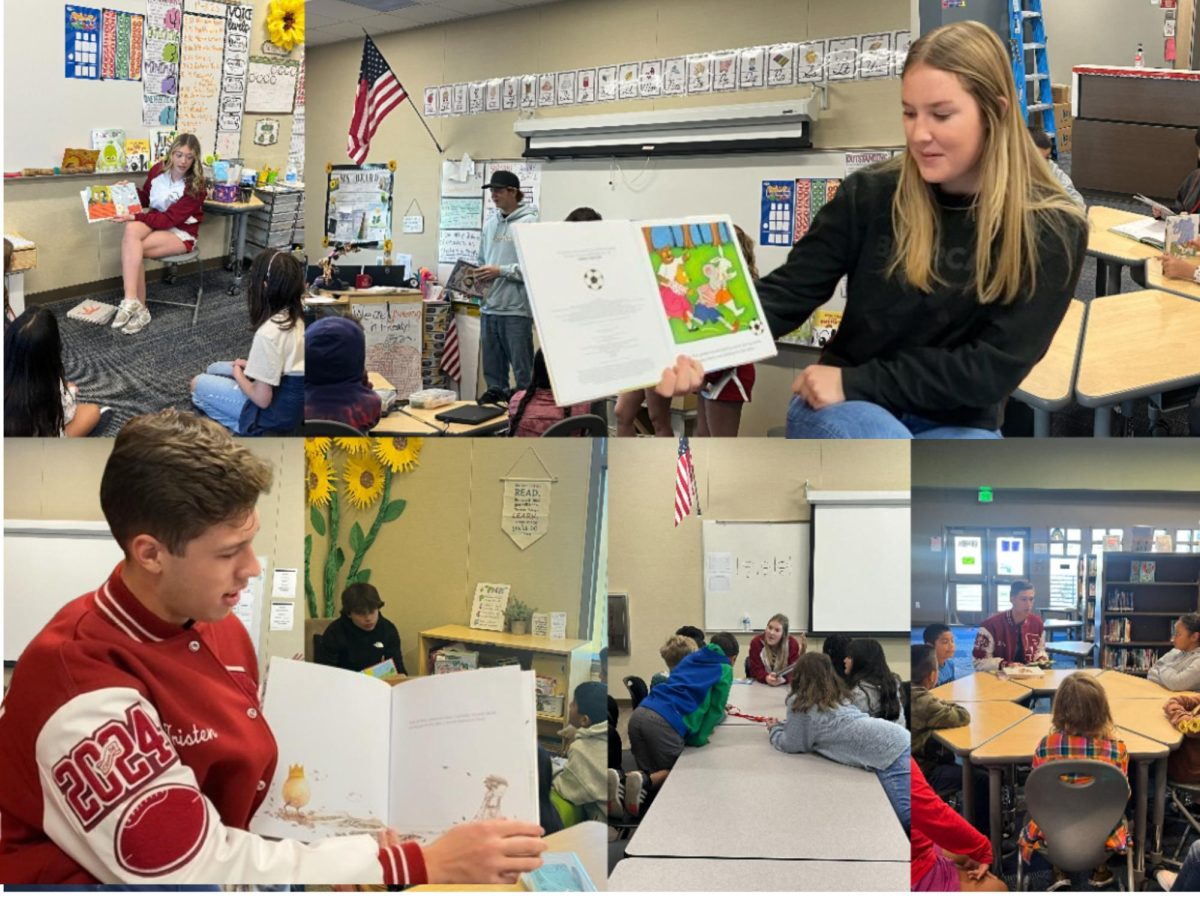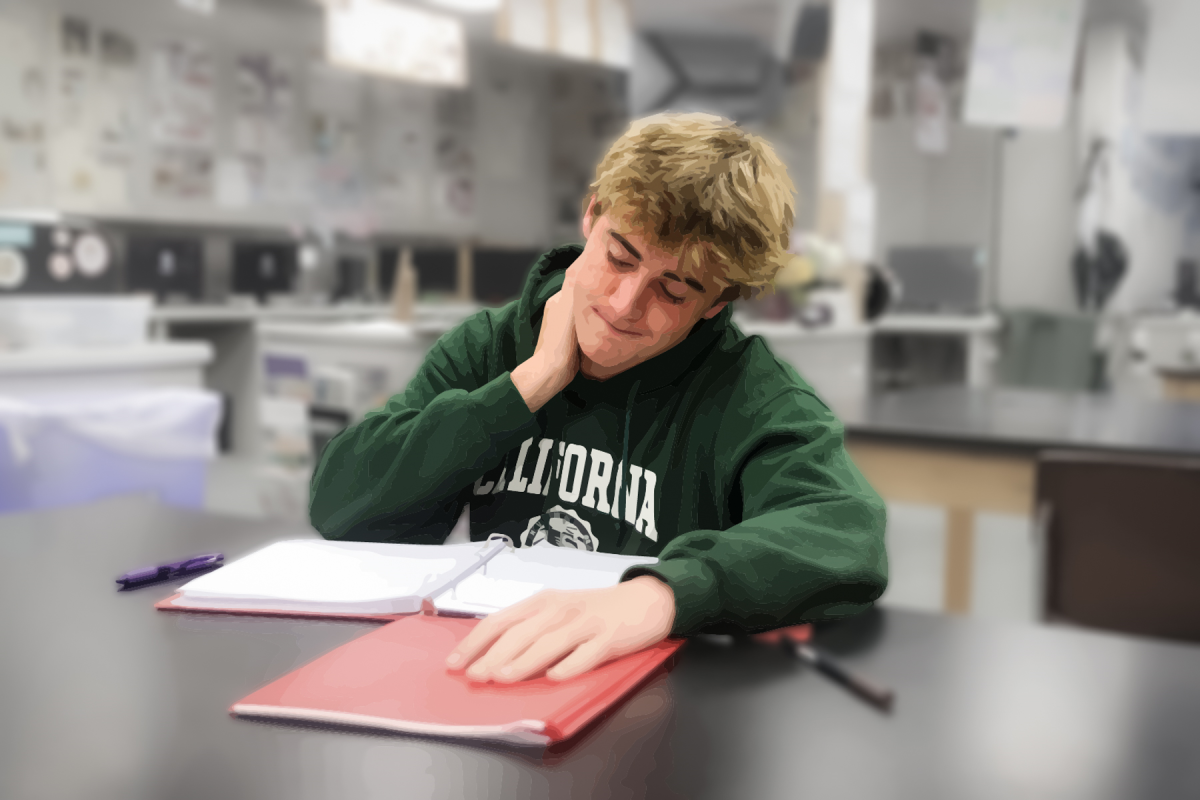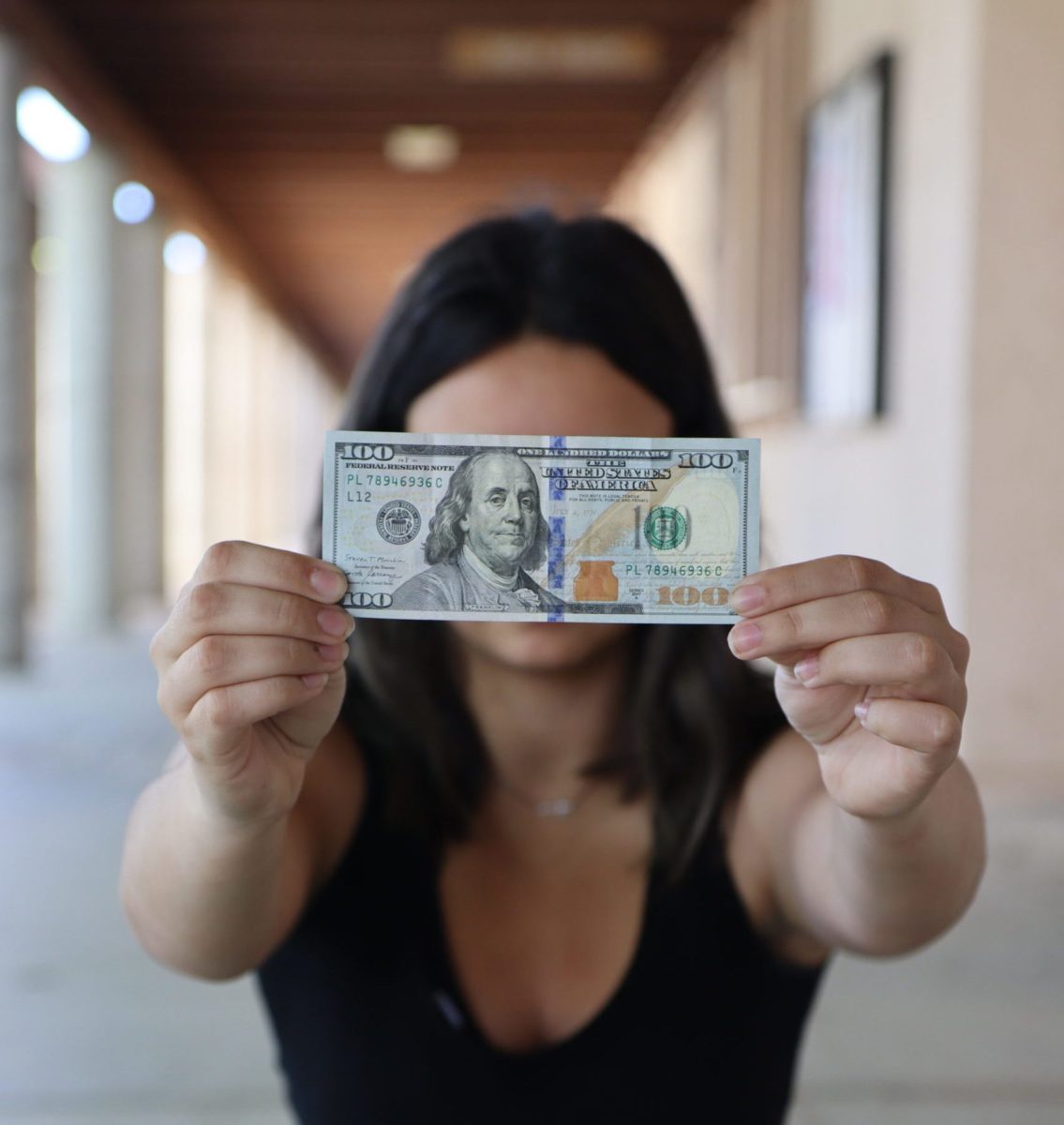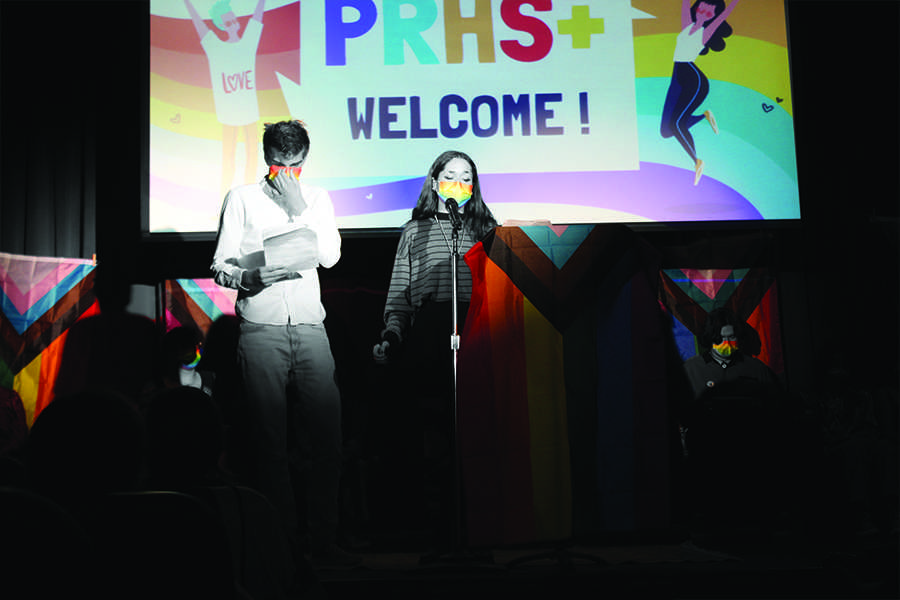As textual AI reaches new heights in usage, ai art reaches similarly popular, but controversial heights
A variety of different AI art programs have entered the public eye since a boom in June 2022 with OpenAI’s Craiyon launch in beta, with the phenomenon ramping up in both popularity and controversy as time went on and the technology evolved slightly.
Throughout recorded human history, art has been seen as the pinnacle of one’s soul, the visual proof of human sentience- but with the rise of AI art, questions are arising not only about AI’s usage, but its morality, and what it means for the future of art and media.
Artificial intelligence, including AI images, are achieved through complex programing and machine learning, but to put it simply: in most modern iterations, AI art is generated via a ‘learning algorithm’ that uses prompted text or images to look for other images relating to that prompt, analyze them, and then use them to create an original image.
For many teenagers, AI art means nothing more than a popular filter on TikTok but a series of controversies have placed this phenomenon in the spotlight. AI art filters on TIkTok take images of people and instantly generate a piece of art based on it, may that be anime-stylized or abstract art.
One such teenager is Natalie Herrera, junior and Art Club social media director. Herrera has fostered a love of art since childhood and has used her passion to place in several art competitions- one of which was her 2nd place at the 2022 Arte de Tiza chalk art event. She’s also an AP Studio Art student and works at Paso’s local art studio, Studios in the Park.
She originally thought AI art was “kinda cool that you could just make up whatever you wanted” using the filters, but as she explored more, she found issues with the phenomena.

She, along with many artists, expressed a concern with AI art taking jobs from human artists, and, in the process, taking the ‘life’ out of art. Such is a concern expressed by many across the art community, concerned about the loss of humanity in the art process.
Art is supposed to be a form of emotional and creative expression. While AI can generate cool pieces of art, it will never have the meaning that artists can capture.
Natalie Herrera
Moral questions have been hotly debated without much evidence of a definite conclusion being found, but there’s also the problem of what images are being used in the AI art datasets. AI art will collect images for a dataset and create totally orginal images, but they have to get these images from somewhere. Artists have raised concerns about their art is being stolen and used for these datasets without being credited or paid.
Such has been the target of a lawsuit against popular AI tools Stable Diffusion and Midjourney, where a trio of artists criticized the programs for their, and many online artists’, art being used for datasets without their consent. While some argue AI Art is covered under fair use, the general consensus is that it’s a new and complex issue that experts predict will have to be settled by courts.
0
%
say AI Art is “Real ART”
Proponents of AI art, however, argue that AI art can be an important tool to human artists as, instead of something taking artists’ jobs, something to be used as inspiration for the betterment of artists’ creativity.
0
%
say AI Art isn’t “Real ART”
But with AI art already winning competitions and beating human competitors despite the supposed lack of ‘meaning’ behind the pieces, more questions are arising: Does the viewer or the creator define the meaning of art? If it’s the viewer, what separates AI art from any other piece of media? Is art good because of the hard work put into it or can art generated in mere seconds have great merit? Is this fascination with AI art in part due to our generation’s obsession with fast gratification and attention?
No matter one’s individual answers to these questions the truth is undeniable: AI art is coming, and it’s only in its infancy. Our society will have to answer these definitely soon enough, and not everyone will be happy with what they are.
“Artists… put hours and hours of time, efforts, and mistakes into their pieces (to make them) the best they can be,” Herrera said. “It feels undermining to compare human expression to basically a robot.”

